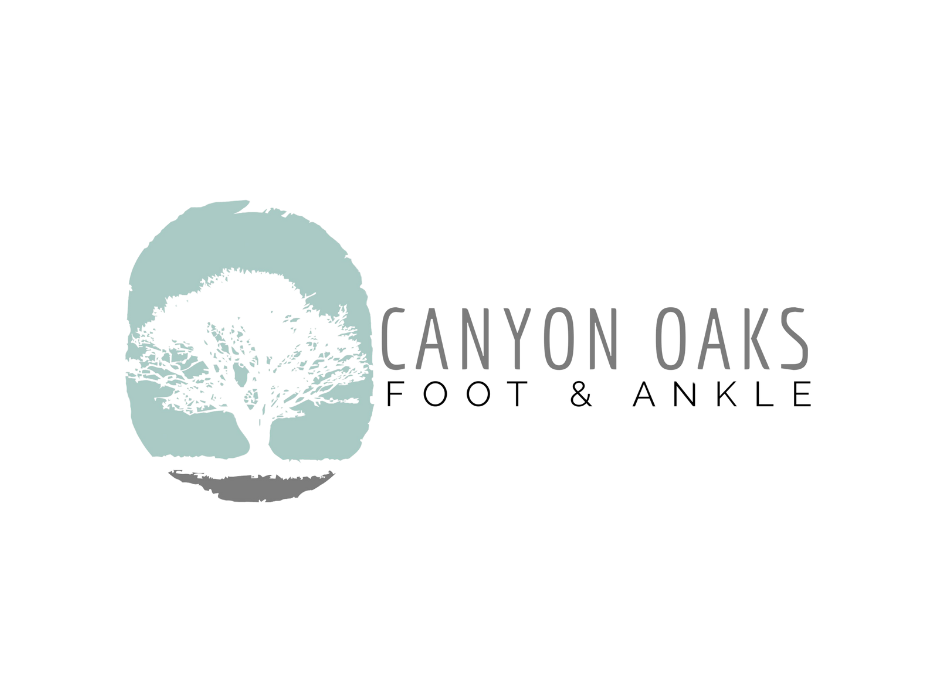We don’t worry too much about our foot health, of course, until we have issues with them. Discomfort and pain in your feet can be an indication of more severe health issues. These issues with your feet will limit your daily activities in some way.
One of those foot health issues that can impair the foot’s functioning is bunions. The American Podiatric Medical Association (APMA) defines bunions “as a “bump” on the joint at the base of the big toe that forms when the bone or tissue at the big toe joint moves out of place.”
Bunions, if left untreated, can lead to:
- Arthritis
- Damage to the other toes
- Cartilage in the joint deteriorating
Treatments For Bunions
When you visit your podiatrist, they will study your situation to determine the best course of action for your bunion. Some of the non-surgical treatments include:
- Shoe modifications
- Padding
- Physical therapy
- Injection care
Severe cases will require bunion surgery. Which types of surgeries exist to correct bunions? One of your options is a newer procedure known as Lapiplasty bunion surgery.
Lapiplasty Bunion Surgery
Lapiplasty bunion surgery, or a Lapiplasty bunionectomy, is a revolutionary new approach to correcting bunions. When bunions have reached the point of requiring surgery, the misalignment has occurred in the bone vertically, horizontally, and rotationally.
The procedure starts with two small incisions through which they insert an advanced instrument. This tool, explicitly designed to rotate the entire metatarsal bone, places it back to its normal position. In doing so, the bone is realigned and naturally corrects the bunion.
Your podiatrist will then insert specially designed titanium plates that permanently secure the bone in its correct place.
Advantages of Lapiplasty Bunion Surgery
Traditional bunion correction surgeries only address the misalignment vertically and horizontally. The misconception is that a bunion is an overgrowth in the bone. Undergoing Lapiplasty bunion surgery addresses the root cause of bunions and has a couple of advantages.
Minimal Incisions
A Lapiplasty requires fewer and smaller incisions during surgery. Minimal incisions will contribute to having less scarring and the tissue to heal faster.
Long-term Results
Since traditional bunion surgery doesn’t restore full alignment, it’s more likely that you will experience a reoccurrence of your bunion. Although you remove the bunion, it leaves the base of the joint with an unstable foundation.
A Faster Recovery
Traditional bunion surgery will require a recovery time of about 12 to 16 weeks. It will also be vital to bear no weight on foot for about six weeks right after surgery.
With a Lapiplasty, you will be able to use a surgical boot and bear weight on your foot right after surgery. You will be back to using comfortable tennis shoes within six to eight weeks from the surgery date.
Your Fresno Podiatrist Solution
Canyon Oaks Foot & Ankle is the perfect Fresno Podiatry practice to guide you to your bunion solution. Before deciding on the best course of action, you should discuss all the options thoroughly with your foot specialist.
Contact us today and visit the closest podiatrist office near you in Fresno, Visalia, or Porterville.

